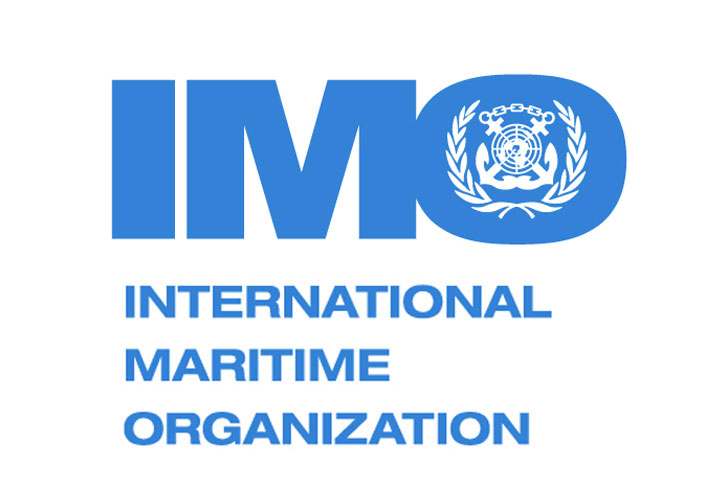- IMO’s Regulation to Cost Shippers Extra $60bn in Bunker Fuel Yearly
The global bunker fuel costs could rise to $60 billion yearly from 2020, in a full compliance scenario, when the International Maritime Organisation’s (IMO) 0.5 weight- percent sulphur cap for bunker fuels kicks in, a new study by Wood Mackenzie has revealed.
In the global petroleum/marine industry, oil bunkering is a legitimate business that involves the process of supplying a ship with fuel.
Fuel oil, which is high in sulphur content, has traditionally been used by the shipping industry as bunker fuel.
In 2016, global demand for high-sulphur fuel oil stood at almost 70 per cent of overall bunker fuels.
With the implementation of the IMO regulation in 2020, Wood Mackenzie argued that the shipping industry will have to consider a switch to alternative fuels, such as marine gas oil (MGO), or install scrubbers – a system that removes sulphur from exhaust gas emitted by bunkers.
According to a new study by Wood Mackenzie, a combination of higher crude prices and tight availability of MGO could take the price of MGO up to almost four times that of fuel oil in 2016, and eventually cost the entire industry additional $60 billion annually.
Research Director for Asia Refining at Wood Mackenzie, Sushant Gupta, noted that installing scrubbers may be an economically attractive option.
“Although there is an initial investment, shippers can expect a high rate of return of between 20 per cent and 50 per cent depending on investment cost, MGO-fuel oil spread and ships’ fuel consumption. Despite attractive returns, penetration rate for scrubbers could be limited by access to finance, scrubber manufacturing capacity, dry-dock space and technological uncertainties. The shipping industry is traditionally slow to move, but in this case, early adopters may hugely benefit,” Gupta explained.
“Switching to MGO is a more costly solution. In full compliance, we expect shippers to try to pass the cost to consumers and freight rates from the Middle East to Singapore could increase by up to $1 per barrel,” Gupta added.
The situation for refiners, on the other hand, is more complicated. The impact on margins will vary by refiners depending on the configuration, access to advantaged feedstock, location and type of products produced.
Some refiners should see better profit margins as a result of higher MGO price that is required to satisfy the incremental demand for MGO. Chinese (Sinopec and Petrochina) and Indian (Reliance and Essar) refiners stand to gain as they are deep conversion refiners with the capability to produce more MGO.
Simple refiners with high yields of fuel oil (HSFO) could lose out because of weaker HSFO price and their inability to produce more MGO. These refiners should start thinking about options for placing their fuel oil.
Higher refining runs, required to meet additional MGO demand, could potentially push global gasoline market into surplus weakening gasoline prices. Therefore, the gasoline pain for some refiners could be more acute than the impact of weaker HSFO prices.
Refiners with high gasoline yields need to explore their options to manage gasoline production.
Overall, we expect a material impact on refining economics post IMO and refiners must ensure they have a robust IMO strategy in place.
Wood Mackenzie also predicted a shift in bunkering locations based on compliant fuels availability.
According to the study, Singapore could potentially lose some of its market share for bunker fuels to China as shippers look for alternative locations with a surplus of compliant fuels. China, with ample MGO supply, is well positioned to attract shippers looking for MGO. Singapore will also need to repurpose some storage tanks and other infrastructure to prepare for a shift from fuel oil to gasoil bunkering.
“The options for refiners and shippers will depend on the course of action decided by each of them. At the end of the day, the shipping industry and refineries need to communicate and find middle ground, and time, unfortunately, is running out,” Gupta added.

 Forex3 weeks ago
Forex3 weeks ago


 Naira2 weeks ago
Naira2 weeks ago
 Billionaire Watch2 weeks ago
Billionaire Watch2 weeks ago




 Naira2 weeks ago
Naira2 weeks ago




 Naira4 weeks ago
Naira4 weeks ago




 Naira2 weeks ago
Naira2 weeks ago


 Naira1 week ago
Naira1 week ago
 Banking Sector4 weeks ago
Banking Sector4 weeks ago










